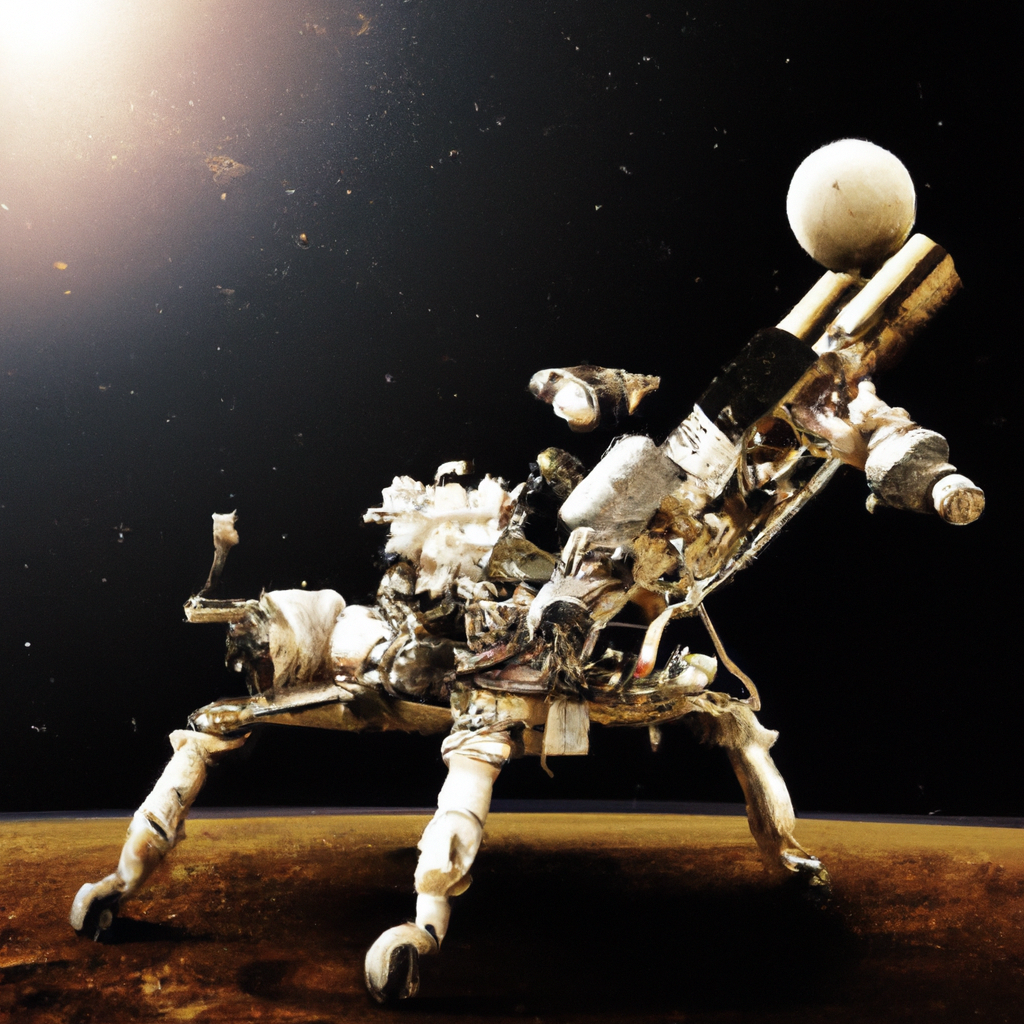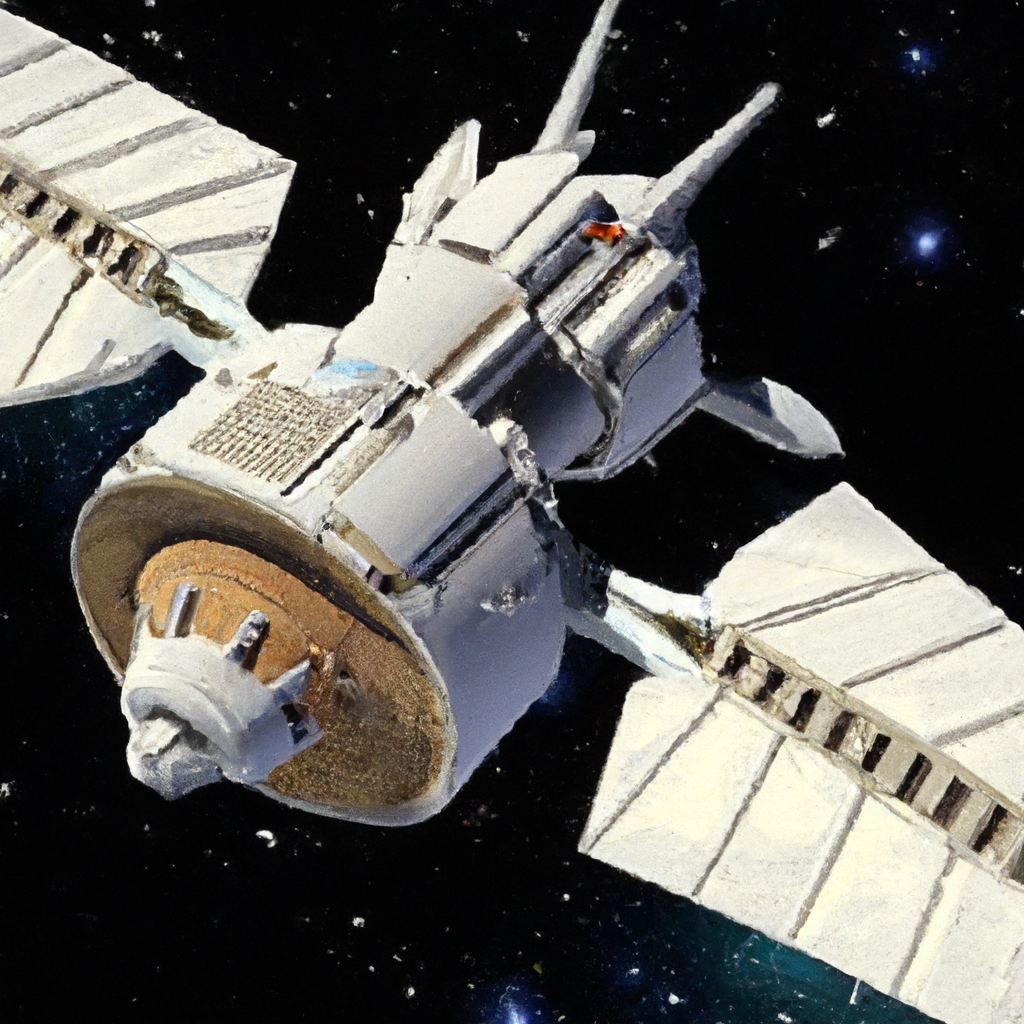Have you ever wondered how scientists are searching for signs of alien life in the vast expanse of the universe? Look no further than astrobiology, a fascinating field that combines the knowledge of biology, chemistry, physics, and technology to explore the possibilities of life beyond Earth. From rovers exploring other planets, to advanced telescopes scanning distant galaxies, this article will take you on an exciting journey into the world of astrobiology and the incredible technology shaping our search for extraterrestrial life. Get ready to embark on an interstellar adventure like no other!

The Evolution of Astrobiology
Astrobiology, also known as exobiology, is the scientific study of life in the universe, including its origins, distribution, and evolution. It is a multidisciplinary field that encompasses various branches of science, including biology, chemistry, physics, astronomy, and planetary science. Over the years, our understanding of astrobiology has evolved significantly, and today, it plays a vital role in our exploration of the cosmos.
Understanding Astrobiology: A Brief History
The origins of astrobiology can be traced back to the early 20th century when scientists began speculating about the possibility of life existing elsewhere in the universe. However, it wasn’t until the mid-20th century that the field gained recognition as a legitimate scientific discipline. In 1959, the eminent physicist and Nobel laureate, Dr. Harold Urey, organized the first scientific conference on the subject, paving the way for subsequent studies and research in the field.
Evolution of Astrobiological Theories
Over the years, astrobiologists have developed various theories and hypotheses to better understand the conditions necessary for extraterrestrial life to exist. One of the most well-known theories is the “Drake Equation,” formulated by Dr. Frank Drake in 1961. The Drake Equation attempts to estimate the number of communicative civilizations in our galaxy, taking into account factors such as the rate of star formation and the likelihood of civilizations developing advanced technology.
In addition to the Drake Equation, numerous other theoretical frameworks and models have been proposed to aid astrobiologists in their quest to understand the possibility of life beyond Earth. These include the “Rare Earth Hypothesis,” which suggests that the conditions required for complex life to evolve might be incredibly rare in the universe, and the “Panspermia Hypothesis,” which posits that life on Earth might have been seeded from elsewhere in the cosmos.
Key Developments in Astrobiology
Astrobiology has experienced significant advancements in recent years, thanks to technological progress and collaborative efforts across scientific disciplines. One notable milestone in astrobiology was the discovery of extremophiles – organisms capable of surviving in extreme environments previously considered uninhabitable, such as deep-sea hydrothermal vents and Antarctica’s dry valleys.
Furthermore, the development of space telescopes and robotic missions has revolutionized our ability to observe and explore other planets, moons, and celestial bodies within our own solar system and beyond. These technological advancements have brought us closer than ever to answering the fundamental question of whether alien life exists in the universe.
Astrobiology and Technology
The search for alien life is heavily dependent on technology. Technological innovations have played a crucial role in advancing astrobiological research, enabling scientists to explore and analyze the cosmos in unprecedented ways. From space telescopes and observatories to satellite missions and robotic explorers, technology has been the driving force behind our growing understanding of astrobiology.
Role of Technology in Advancing Astrobiology
Technology has enabled us to extend our reach beyond the confines of Earth and explore the vastness of space. It has allowed us to observe distant exoplanets, analyze their atmospheres, and search for signs of potential habitability and life. Advanced imaging techniques and spectroscopic instruments have enabled us to detect and analyze the light emitted or absorbed by celestial objects, providing valuable insights into their composition and potential for supporting life.
Additionally, technology has facilitated the development of sophisticated instruments and techniques for extracting and analyzing samples from celestial bodies such as Mars and the moons of Jupiter and Saturn. These tools enable scientists to study the presence of organic molecules and other vital elements necessary for life as we know it, furthering our understanding of the potential habitability of these extraterrestrial environments.
Notable Technological Innovations in Astrobiology
Several remarkable technological innovations have propelled the field of astrobiology forward. One such breakthrough was the launch of the Hubble Space Telescope (HST) in 1990. The HST has revolutionized our understanding of the universe, allowing us to peer deep into space and capture breathtaking images of distant galaxies, nebulae, and other celestial objects. It has also contributed significantly to astrobiology by observing exoplanets and studying their atmospheres for signs of life-sustaining conditions.
Another groundbreaking technology in astrobiology is the Kepler Space Telescope. Launched in 2009, the Kepler mission has been instrumental in the discovery of thousands of exoplanets. By using the transit method, which involves detecting the slight dimming of a star as a planet passes in front of it, Kepler has provided valuable data on the prevalence of exoplanets and their potential habitability.
Challenges in Astrobiological Research and How Tech Helps Overcome Them
Astrobiological research comes with its own set of challenges, many of which are related to the vast distances and extreme environments involved. The development of advanced technology has helped overcome these challenges and expand our capabilities in exploring and studying potential habitats for alien life.
One of the major challenges lies in the inaccessibility of distant celestial bodies. Space telescopes and robotic missions have allowed us to overcome this hurdle by providing the means to observe and explore these otherwise unreachable environments. Robotic missions, such as the Mars rovers (e.g., Spirit, Opportunity, and Curiosity), have provided valuable data on Mars’ geology, history, and potential for microbial life.
Furthermore, the implementation of advanced analytical instruments, such as mass spectrometers, gas chromatographs, and DNA sequencers, has enabled scientists to study samples collected from space missions in detail. These instruments help identify the presence of organic molecules, assess the chemical composition of planetary atmospheres, and even analyze potential biosignatures, which are indications of the presence of life.
In conclusion, technology has revolutionized the field of astrobiology, enabling us to explore and understand the possibility of life beyond Earth. From space telescopes and observatories to satellite missions and robotic explorers, technological advancements have been instrumental in advancing our knowledge in astrobiology. With the continued development of technology and the integration of fields such as AI and bioinformatics, the future of astrobiology looks incredibly promising. As we continue to explore the depths of the cosmos, the answers to one of humanity’s oldest questions – Are we alone in the universe? – may finally be within reach.











